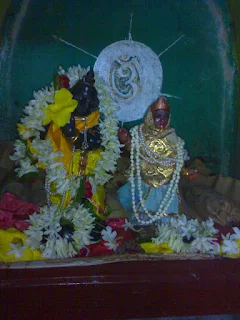Visit https:// www.sridoctor.com to know more. In This Blog You Can Find Articles Regarding Indian Arts, Science, Culture, Philosophy ,History ,Spirituality ,Rational and CREATIVE THOUGHTS. To ENFORCE An Earthly Life Into The DIVINE Life keeping the normal life style intact,to innovate and to reveal the new things to serve THE MOTHER- EARTH and HER DWELLERS I am inviting you to join us. Be a follower and share your thoughts.
Translate
Tuesday, March 28, 2017
ॐ On Alchemy, the Occult, and the Hermetic Tradition -Terence McKenna [L...
 Doctor, researcher, writer, Ramkrishnian Hindu, love Vedic study, service to the poor and union of all mankind in peace, love and respect.
Doctor, researcher, writer, Ramkrishnian Hindu, love Vedic study, service to the poor and union of all mankind in peace, love and respect.
Sunday, March 12, 2017
HOLI,DOLJATRA, FAG UTSAB, BONHU UTSAB AND BASANT UTSAB
 |
| CREATION OF COLORS |
 |
| AFTER SUNSET |
 |
| IN THE FULL MOON |
Regarding HOLI AND BONHI UTSAB the best information is given in WIKIPEDIA.
| A new wild ginger discovered from the evergreen forest of Western Ghats of South India -- ScienceDaily.html |
How do you identify a wild ginger plant_ _ Reference.com.html
|
 Doctor, researcher, writer, Ramkrishnian Hindu, love Vedic study, service to the poor and union of all mankind in peace, love and respect.
Doctor, researcher, writer, Ramkrishnian Hindu, love Vedic study, service to the poor and union of all mankind in peace, love and respect.
Tuesday, February 28, 2017
KAMAKHYA TEMPLE
 Doctor, researcher, writer, Ramkrishnian Hindu, love Vedic study, service to the poor and union of all mankind in peace, love and respect.
Doctor, researcher, writer, Ramkrishnian Hindu, love Vedic study, service to the poor and union of all mankind in peace, love and respect.
Subscribe to:
Posts (Atom)
Featured Posts
Basic Instinct in Vedic Age
'VEDIC SOBON' : The Discovery of 'SriDoctor', Dr Rajatsubhra Mukhopadhyay,- A New Contribution to the INDOLOGICAL RESEARCH...
Popular Posts
-
INDOLOGY- Is a subject. But here it is for talking about the heavenly Earth in coming days............. .....PLEASE BECOME A FOLLOWER &...





.jpg)